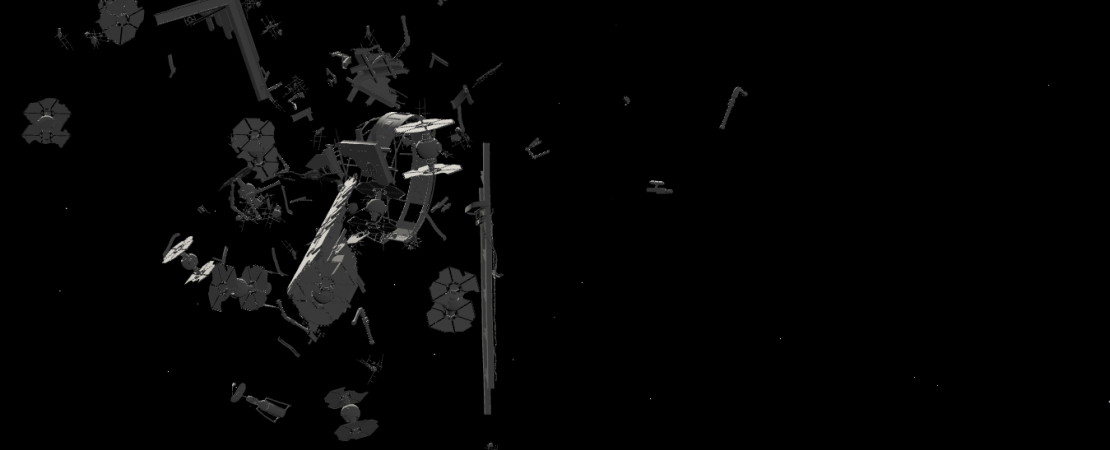
Matthias Maurer had been on the International Space Station (ISS) for just three days when he was woken in the early hours of Monday November 15 by an alert from Mission Control in Houston. Fragments of a defunct satellite were hurtling towards the space station and the crew was ordered into their escape shuttles. A direct strike could spell the end of the ISS, and of their mission.
“We had a moment of quiet,” Maurer told the Financial Times after returning to Earth last month. “You can imagine . . . you train for so long, in my case 13 years, and then suddenly, after a few days, it’s maybe all over.”
It took several hours for the crew to realise that the debris storm was not the result of a random collision between a satellite and a piece of space junk. Instead, Russia had deliberately fired a missile at the inoperative Cosmos 1408 satellite, in a blunt demonstration of military force that sent shards of hardware speeding randomly around the planet at thousands of kilometres an hour.
Russia’s missile test was condemned internationally, not just because it had endangered the lives of the ISS crew, Russian cosmonauts included. It also stoked the environmental crisis threatening human activity in space and, in particular, the emerging “new space” economy of low Earth orbit (LEO), the area between 150km and 2,000km altitude.